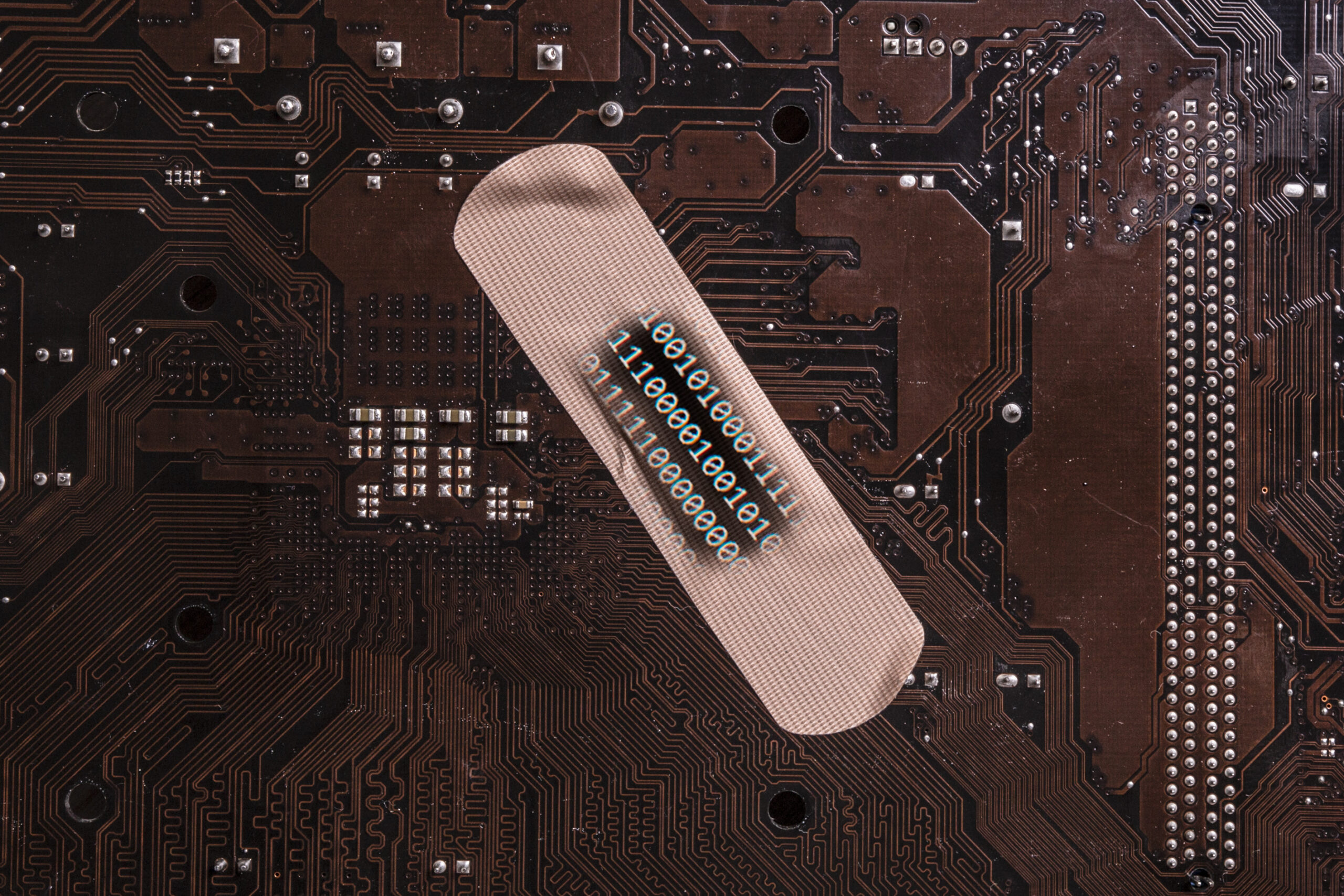
Data privacy is a massive priority for any organization that handles medical records. These records are considered to be of the utmost value by both healthcare shareholders and attackers. Medical records are protected by HIPAA laws and failure to adequately protect this data can come with major legal penalties.
Maintaining any sort of compliance is no easy feat. In security, you’re only as strong as your weakest link. For many, that comes down to the application layer. In an industry which faces a constant onslaught of attempts to compromise security measures and gain access to medical records, a robust and immutable application security layer is a must. Let’s take a look at why HIPAA compliance is so crucial, some common pitfalls in the compliance journey, and how to avoid them.
HIPAA Violations Have Major Consequences
The Office for Civil Rights (OCR), the entity responsible for enforcing HIPAA, has the authority to impose financial penalties for HIPAA violations. Depending on the level of negligence and the scope of the violations, organizations can face fines ranging from thousands to millions of dollars. The OCR may also enforce a Corrective Action Plan (CAP). A CAP outlines the steps the organization must take to address and rectify the issues that led to the breach. Failure to comply with the CAP can lead to further penalties.
In addition, there are obvious consequences to patients’ quality of life. Beyond the moral obligations healthcare organizations have to protect their patients’ privacy, they also may face civil lawsuits. Individuals affected by a breach can file civil lawsuits against the healthcare organization for damages. These lawsuits can result in monetary awards for individuals whose privacy was compromised, as they are legally entitled to seek compensation for financial losses, emotional distress, and other damages. Meanwhile, such incidents cause reputational harm and erode trust that can take years to gain back.
HIPAA and Ransomware
Because of the emphasis placed on medical records, they have become a primary target for ransomware attacks. Ransomware is malicious software that encrypts files on a victim’s system and demands payment for their decryption. Ransomware attackers love to come after healthcare companies because they meet the two major criteria of a ransom target. They want companies that 1) have a lot of money in the bank and 2) have a keen interest in protecting their data.
According the HIPAA Journal, “data breaches continue to increase due to a massive increase in hacking incidents and ransomware attacks. In 2023, OCR reported a 239% increase in hacking-related data breaches between January 1, 2018, and September 30, 2023, and a 278% increase in ransomware attacks over the same period.” They also add that the scope of these breaches is increasing. 2023 saw 133 million records breached, compared to 45.9 million in 2021 — a number which at the time was already breaking records.
Ensuring HIPAA compliance requires a multifaceted approach, focusing on the confidentiality, integrity, and availability of Protected Health Information (PHI). Ransomware is just one part of the overall threat landscape. As such, preventing these attacks can only be done by generally hardening security around your endpoints, network and applications.
How to Eliminate App Security HIPAA Concerns
This is where the Waratek platform comes into play. Waratek is a java-based application security platform which enables security policies and enhancements to be scripted and managed as code. This approach allows for the dynamic application of security rules across different runtime environments without the need for manual intervention or the restarting of systems. Security measures are consistently applied, easily updated, and seamlessly integrated into the development lifecycle, offering security engineers the tools to easily gain and retain HIPAA compliance at the application layer.
Input Sanitization: Waratek’s input sanitization capabilities play a critical role in maintaining the integrity of PHI. By verifying data against known safe and unsafe patterns, Waratek prevents common web application attacks such as Cross-Site Scripting (XSS), SQL Injection, and Path Traversal. These attacks can lead to unauthorized access to PHI. Through input sanitization, Waratek ensures that only valid, safe data is processed by applications, allowing healthcare organizations to remain HIPAA compliant.
Micro-Compartmentalization: HIPAA emphasizes the need for physical and technical safeguards to ensure the secure access to and protection of PHI. By isolating application processes into separate compartments, Waratek minimizes the potential impact of a security breach. This technique limits the access of any malicious actor to a confined environment, significantly reducing the risk of widespread access to PHI. Micro-compartmentalization aligns with HIPAA’s requirements for access control and the principle of least privilege, ensuring that even if a breach occurs, the exposure of PHI is minimized.
Privilege De-escalation: Similar to micro-compartmentalization, privilege de-escalation minimizes privileges within application environments. Waratek creates restricted environments for executing code, especially during deserialization processes. This technique ensures that executing threads operate with reduced privileges, effectively limiting the potential damage from malicious code execution. Additionally, Waratek monitors system resource usage and can terminate processes that invoke privileged functions or abuse resources, directly countering attempts by attackers to exploit vulnerabilities for privilege escalation.
Active Monitoring and Defense: Waratek employs active monitoring and defense mechanisms, particularly in the deserialization process, to effectively preempt attackers before they can compromise sensitive Protected Health Information (PHI). This proactive approach is anchored in executing deserialization operations within a non-privileged context, ensuring that any attack attempting to alter the system’s state or access sensitive data is thwarted from the outset. This strategy is vital in safeguarding against both known and zero-day deserialization attacks, which could otherwise exploit Java and XML deserialization vulnerabilities to gain unauthorized access to PHI.
Ensure Application Layer HIPAA Compliance
HIPAA compliance is an ongoing fight that requires constant vigilance and adaptive security measures. While no single solution can guarantee HIPAA compliance due to its comprehensive requirements, Waratek provides a crucial layer of defense, particularly in safeguarding web applications and APIs that handle protected health information. By eliminating key vulnerabilities and implementing immutable security controls, Waratek allows healthcare organizations and their security engineers to address both the letter and the spirit of HIPAA compliance.




